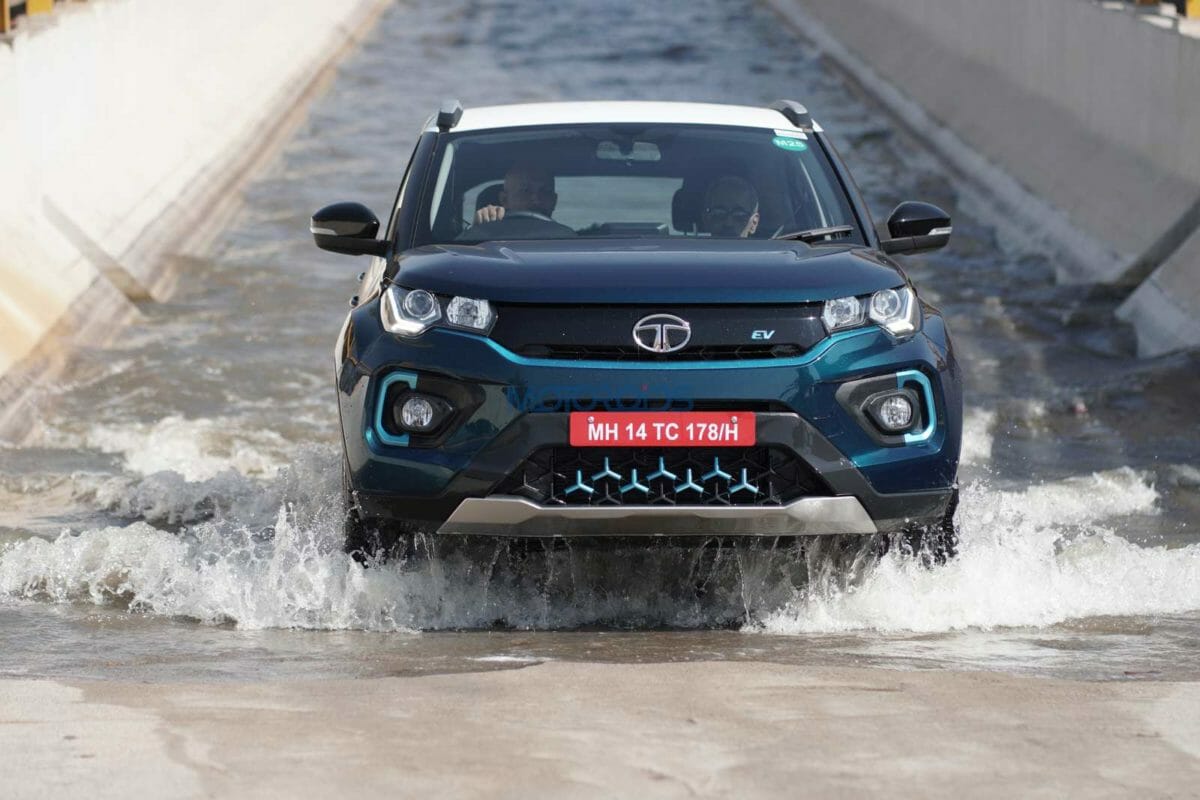Avendus Capital recently published a report on the electric vehicle industry – “Electric Vehicles: Charging towards a bright future”, providing a comprehensive understanding of Electric Vehicles (EV) in the context of India, while providing a global background of the industry as well. The 135-page report gives a holistic picture of the electric vehicles industry and provides an outlook on the factors determining the adoption of electric vehicles in India vis-a-vis the world. With the present and projected level of EV penetration in the country, the report projects that EVs in India could represent an INR 500 billion opportunity by 2025. The current Covid-19 environment is expected to accelerate the rate of adoption of EVs in the medium term as customers look for environment friendly and cost-effective personal mobility solutions, and also because online commerce is fast becoming the norm, with a focus on delivery of everything. Launching the report, Koushik Bhattacharyya, Director & Head – Industrials, Avendus Capital, explained: “Over the past decade, the economics of the technology used in this sector has improved significantly, and today, EVs make economic sense across multiple use cases. The inevitability of transition to EVs is accepted by the world, however, the timeline for mass adoption is still a topic for debate. But we believe that we are moving quickly towards a mobility regime where EVs become mainstream.” The report is broadly divided into two parts. The first part deals with the technical aspect of understanding electric vehicles by laying down all the important blocks – from fundamental differences vs ICE to key components to a deep dive into battery technology,and concludes with an analysis of key global markets. The second part of the report maps the EV opportunity in the Indian context and presents the current state of the industry, including an elaborate total cost of ownership analysis and EV penetration rates for different use cases of EVs in India.
EVs have started to make economic senseA detailed analysis reveals that the Total Cost of Ownership (TCO) in case of low and medium speed electric two wheelers, e-autos /e-ricks and commercial applications of 4Ws, is already lower than their counterpart ICE vehicles. For high-speed 2W EVs and other use cases such as retail 4Ws, CVs, the TCO will become favourable as the battery prices drop further.Further explaining the EV opportunity in India, Bhattacharyya added, “India represents the fourth largest automobile market in the world and the second-largest two-wheeler market with ~ 20 mn units. It is also a country with massive dependency on oil imports, with a USD 112 billion oil import bill in FY19. Pollution in many Indian cities has reached alarming levels. All these factors combined, make a strong case for EV adoption in India.”EV adoption in various segmentsThe report deep dives to evaluate the impact of the four critical factors that will drive EV adoption in India over the next decade – policy, battery cost, charging infrastructure and supply chain localization. The first two factors are the most critical ones and the next two are essential conditions to support a large-scale adoption. As part of the analysis, the impact of these factors on the overall adoption has been considered to arrive at a reasonable range of EV adoption by FY25. Two and three-wheelers will lead the electrification movement in India in the medium term. We expect 9% penetration by FY25 in the two-wheeler segment. With the right macro environment, the number can further go up to 16%. It is expected that this segment will grow to be INR 120 billion by FY25. E-rick has also emerged as a large market in India in a very short time frame. A large part of this market is still unorganized and based on Lead Acid batteries. However, this market is expected to rapidly shift to Li-ion and by FY25, 40% of the e-Rick market is expected to be Li-ion based.Ankit Singhal, Vice President – Industrials, Avendus Capital further explained: “E-auto makes economic sense on a TCO basis. We expect to see intensive action in this space going forward. We expect ~20% EV penetration in E-Auto category by FY25. We expect this segment to be INR 40 billion by FY25. In the medium term, we expect the EV adoption in the four-wheeler category to stay limited to commercial/ fleet applications. The overall penetration in the e-4W segment is expected to be ~2%. With the right macro environment, the number could go up to 5%. We expect this segment to be INR 100 bn by FY25.”Commercial vehicle segment On the commercial vehicle side, E-buses are expected to lead the category. Regulatory push will drive this category, rather than TCO. “We expect EV adoption in the bus category to be ~13% by FY25. Speaking on the commercial vehicle segment”, Singhal added that “We expect this segment to be INR 60 billion by FY25. Light Commercial Vehicles (<3.5 tonnes) in the EV category also make TCO sense and we forecast about ~4% EV adoption in this segment by FY25, translating into an INR 15 billion market opportunity.” Through the course of curating the report, it became evident that Electric Vehicles are not just about disrupting the automobile industry. They are part of a larger disruption in energy and transportation, and also in the way we live, driven by new thinking and a greater consciousness about what is right for the planet.

